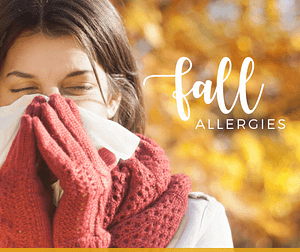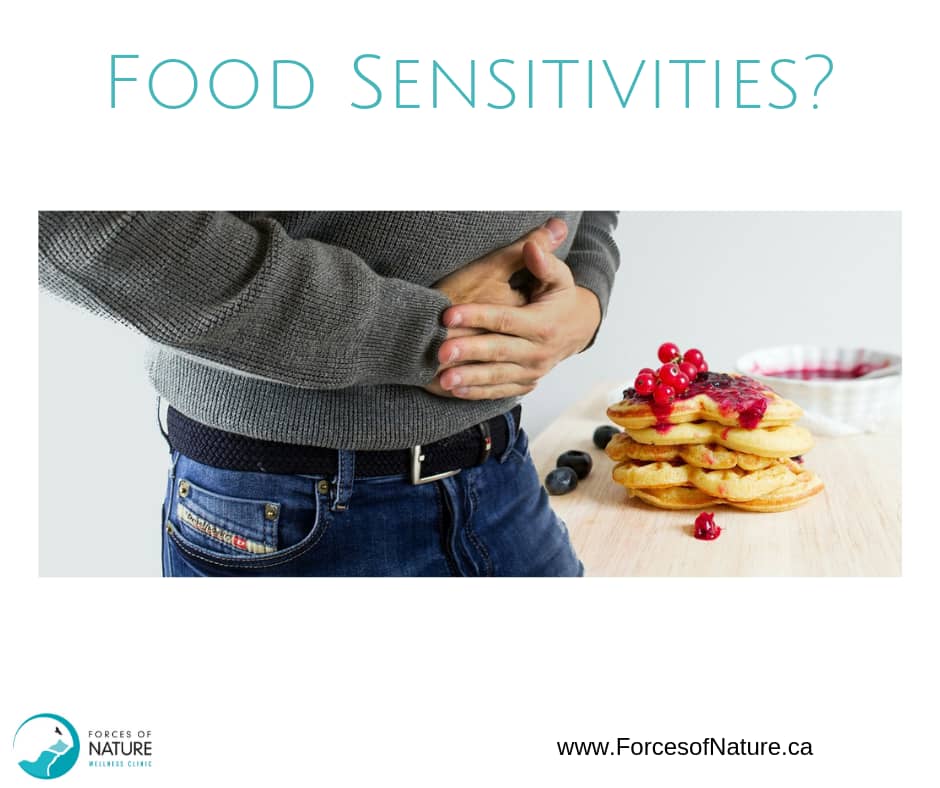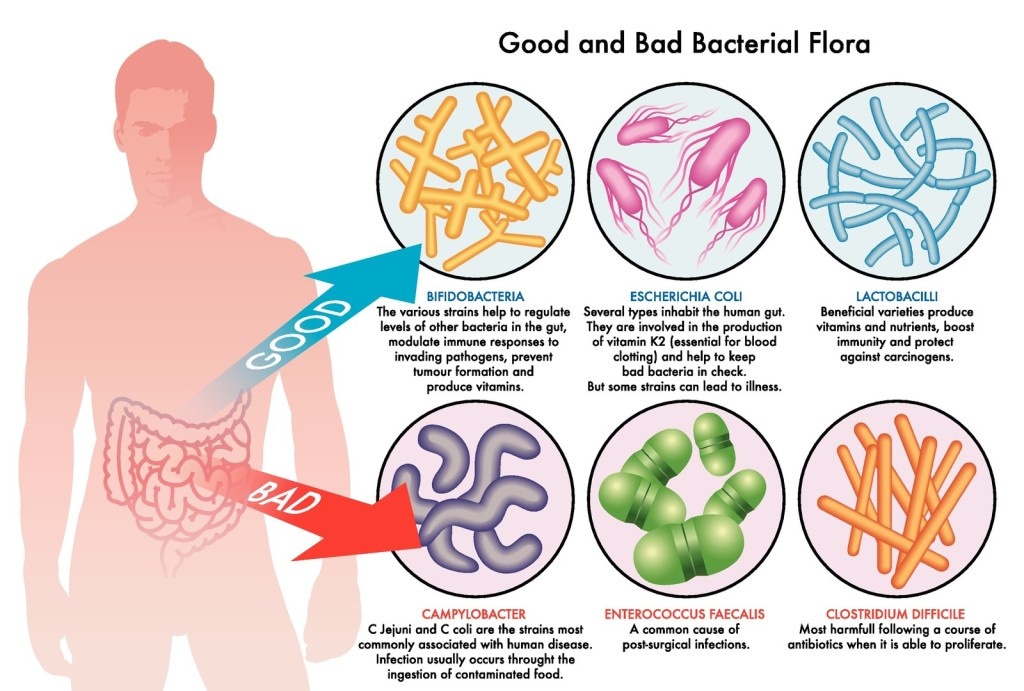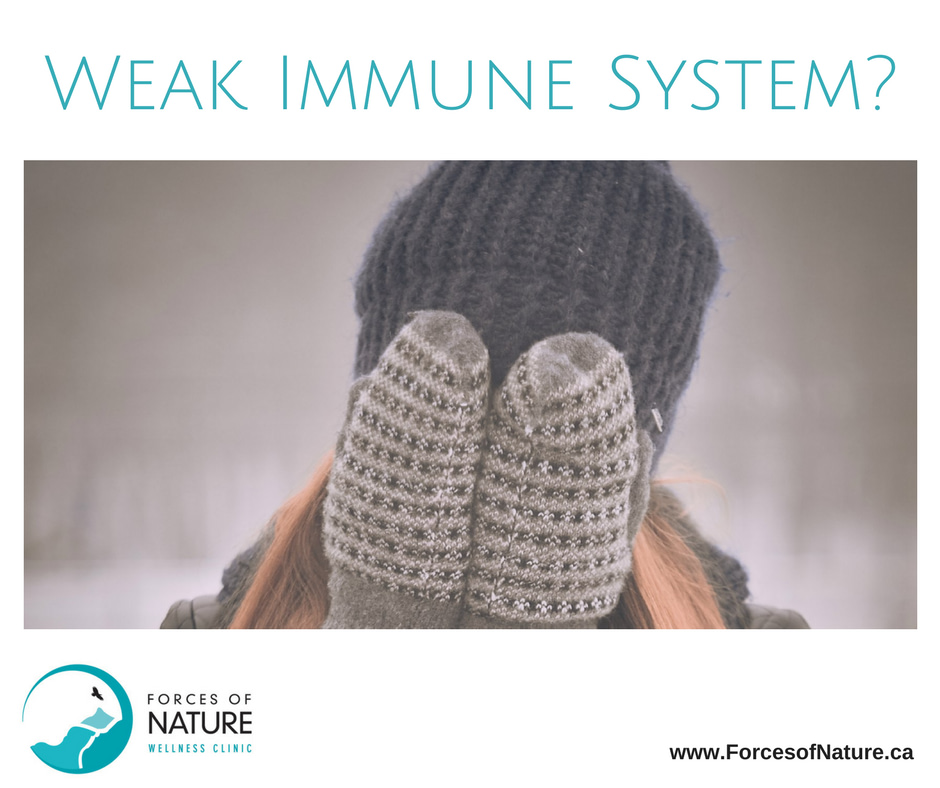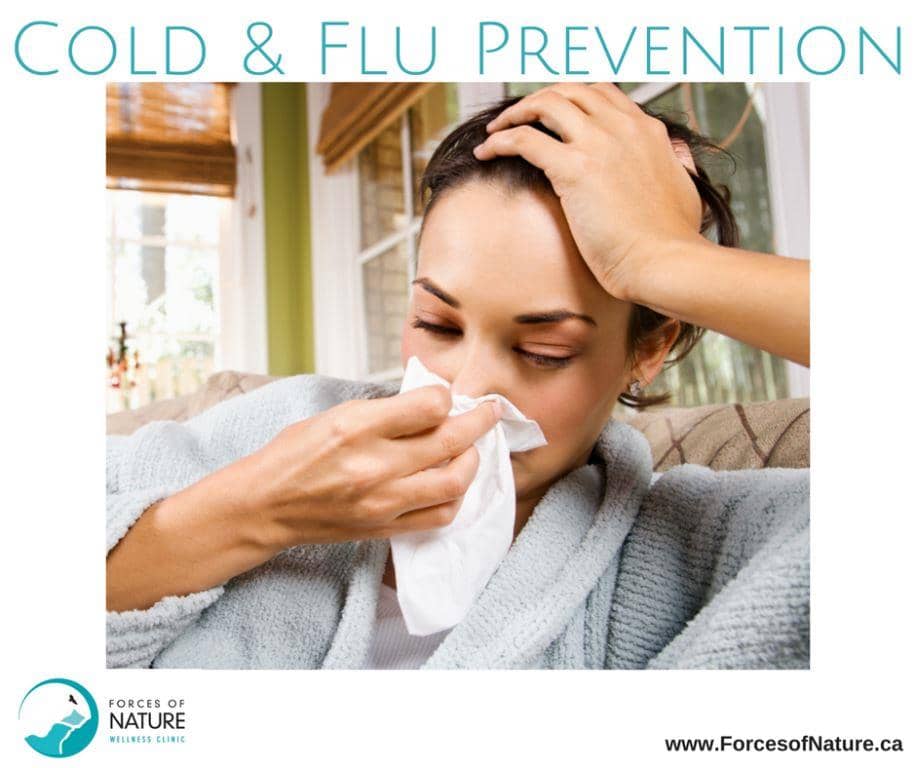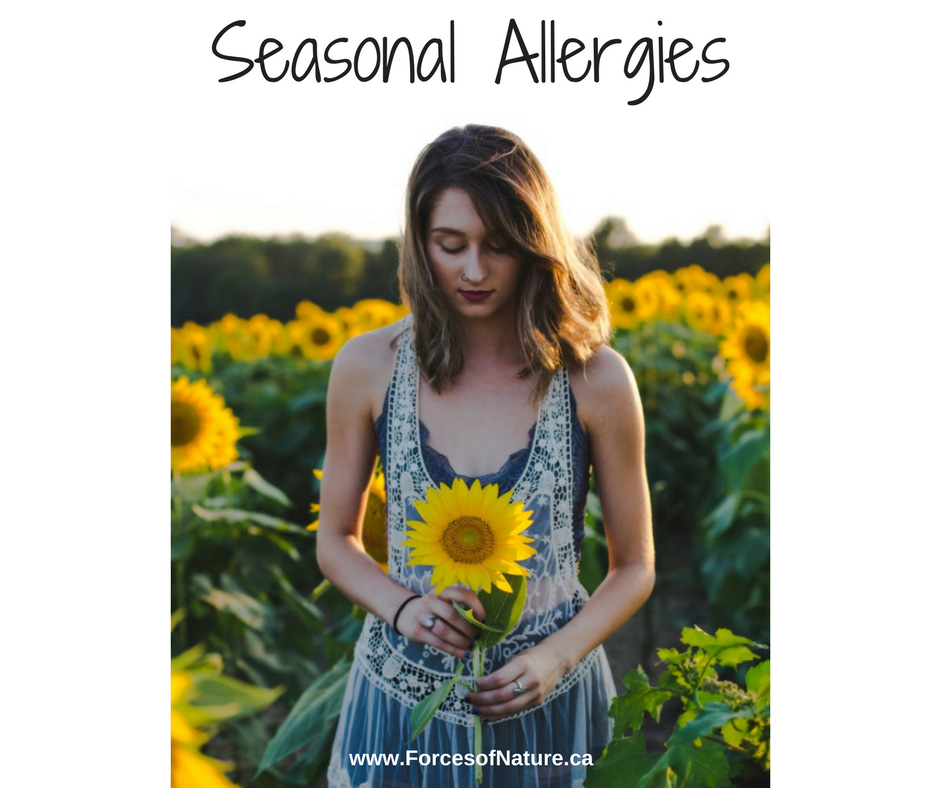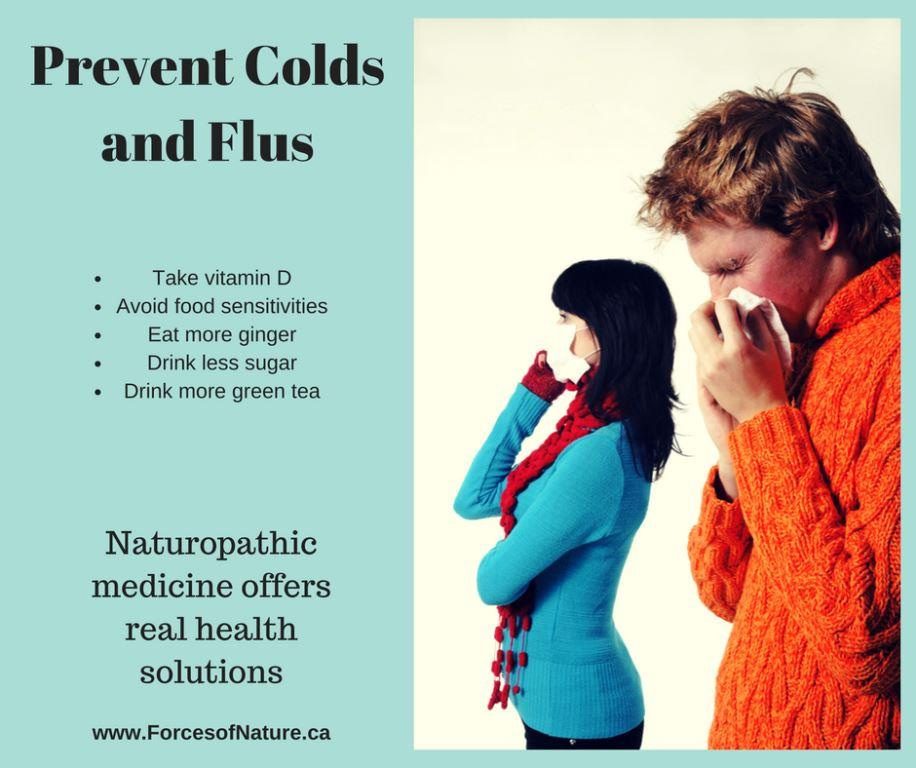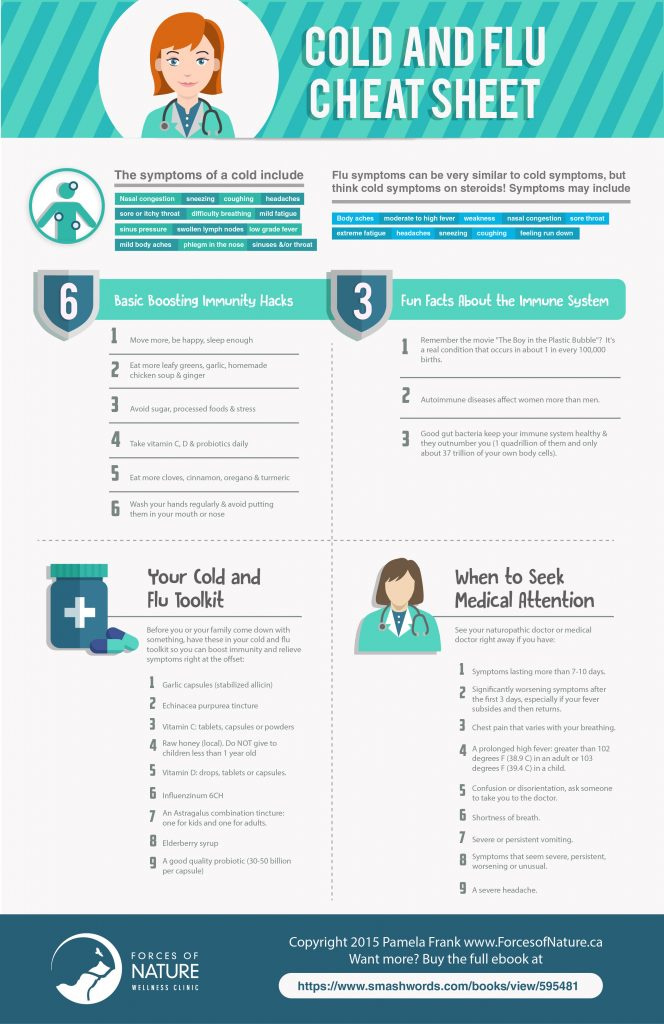
If you’re like most people, you’ve recently read a lot of tips on maintaining a healthy immune system. You likely already know the basics: Wash your hands often and well. Keep a safe distance from others. Stay home if you experience any symptoms. Avoid travel. Quarantine yourself if you have travelled. If symptoms are severe contact your local public health department or proceed to the nearest emergency department.
Staying Healthy Starts From Within
However, it’s also important to acknowledge that staying healthy starts from inside. Your built-in defence system that you need to take care of in these crazy times is your immune system.
But here’s the irony: When we are chronically stressed out, our immunity weakens. Right now, we’re all stressed about sickness, loved ones and finances among other things. Just when we all need a strong immune system, intense long-term stress has the potential to weaken our defenses. Recent studies show that, in contrast to chronic stress that suppresses or dysregulates immune function, acute stress can be immune-enhancing (1).
How Stress Affects Your Immune System
Short-term or acute stress actually appears to enhance your immunity, where chronic stress does the opposite. (1) Why does chronic stress lower immunity? The process makes perfect sense if you think of how we lived for most of human history.
In the not-so-distant past, if we perceived a threat, such as a sabre tooth tiger, we had to respond – and quickly! In that sense, our body is primed and ready to protect us from danger.
Fight Or Run
Let’s take a look at the “flight or fight” response and how stress changes us on a physiological level.
- Blood pressure increases.
- Heart rate goes up.
- Serotonin and melatonin levels drop because you need to stay awake.
- Insulin sensitivity is impaired to maintain glucose in the bloodstream for fuel.
- Digestion slows down to preserve energy and redirect important resources elsewhere.
- Cholesterol goes up.
- Your body pumps stress hormones like adrenaline and cortisol into your bloodstream.
All of these changes are designed to make sure that you have enough energy in the right places – such as your running muscles and your fighting muscles in your arms and legs – to respond to stress quickly and appropriately. That is, you are ready for fight or flight.
Hoarding of Resources
Why do we hoard toilet paper at a time of danger? When fear and anxiety ramp up, the urge to provide for ourselves and our loved ones goes into overdrive. There’s a need to make sure there is enough. It gives us a sense of safety and security when there is fear and uncertainty. We can grab all kinds of commodities that we worry may become in short supply and hole up in our homes away from the danger. We can breathe a sigh of relief that we’ll have enough, for now. We took control of one thing that we could control.
Likewise, your body prioritizes certain needs over others. Your reproductive organs are a low priority when there is an imminent threat. That’s because your body wants to put all of its resources into the systems that will allow us to survive the immediate threat. This response is actually very helpful – if what you needed is to escape a predator. However, in today’s world, stress is typically more mental and emotional stress, rather than physical danger and, let’s face it, it is fairly unrelenting.
That’s where the problems start.
The Stress Response = Adaptive Physiology
Our body’s ability to respond to stress is called “adaptive physiology.” To understand this, it might help to think of your nervous system as actually two systems:
- Your parasympathetic nervous system is behind the “Relax and Recharge”, aka “Rest and Digest” response you need in between periods of stress. Without this response, your body’s systems would stay in overdrive. This helps you calm down, sleep and digest your food.
- Your sympathetic nervous system powers the Fight or Flight response that you need in the face of danger to combat the problem or run away from it.
Essentially, the way in which these two systems work together is not unlike the brakes and gas pedals in your car. One speeds you up, and the other slows you down. Which one is in charge at any given time depends on your body adapting to the current situation. The Relax and Recharge period is essential to restoring balance in mind and body.
Putting The Brakes On Stress
Right now, many of us feel like the “gas” is always on. This is a perfectly understandable response when you are faced with a global crisis that comes with a great deal of uncertainty.
However, that kind of constant stress leads to a long list of health problems if your sympathetic nervous system never turns off and you are in “fight or flight” all the time.
What happens to a car if you only step on the gas and never use the brakes? At some point, there’s a high likelihood of a crash.
Don’t Crash Your Immune System
Not surprisingly, your immune system suffers when you’re heading for a crash. All the things that happen during your fight or flight response alters your immune response. Research on students undergoing exam stress, shows that psychological distress persisting for weeks or more promotes pro-inflammatory immune dysregulation. This is a risk factor for a range of chronic diseases.(2) And that’s exactly what you don’t want to have happen right now.
6 Ways To Lower Stress and Induce a Parasympathetic State
So, what can you do? Isn’t stress inevitable at this moment in history? A good starting point is thinking of the two states of your nervous system and doing what you can to create a state of rest and restoration.
Actively seek connection.
In times of stress, you should be close to people who restore your sense of well-being. It’s important to feel connected and accepted because a feeling of connection and social support boosts your immunity.(3) However, how can you connect to others while also practicing physical distancing?
Fortunately, we’re lucky to live at a time with many options for a virtual connection. Set up video chat coffee dates and regular online or phone meetings to touch base with those people who make you feel connected and supported.
Change your mindset.
Your perception is your reality. How you perceive a stressful situation will affect your body’s response to it. Perhaps you’re social distancing and feeling trapped, isolated and restless inside your home. That’s stressful. However, consider the difference between feeling stuck at home and feeling safe at home. That simple mental shift helps your nervous system remain in a calm, restorative mode.
Not knowing how long this will last, makes the situation more stressful. Finding ways to be productive and helpful, even volunteering to help others keeps your mind occupied, prevents ruminating over the situation and makes the time pass more quickly. Before you know it, you’ll be able to resume some of your normal activities.
Don’t forget: You always have the opportunity to change your attitude.
Don’t over commit.
We’re all under a lot of pressure right now. Take a close look at your commitments and think of how you can eliminate any unnecessary demands. Remember that the goal is to rest and relax your nervous system.
What makes you feel refreshed and restored? Those are the activities to focus on. Maybe you have more time now to read a good book, take a relaxing bath, or do some tai chi or yoga.
Honour your body’s natural rhythms.
Many people are having trouble sleeping right now. However, it’s more important than ever to try to get seven to eight hours of good quality sleep per night. Even if your normal daytime routine is disrupted, try to stick to a regular sleep schedule. That means going to bed at the same time every night (yes, even on weekends). As well, don’t dismiss the restorative powers of a good nap. Despite the temptation to stay on your devices until bedtime, shutting down devices and getting off screens helps your brain make vital levels of melatonin that helps you sleep.
Eat to optimize your immune system.
Many studies backup the importance of essential nutrients in protecting your immunity. The ideal diet and supplements for you will depend on your unique health profile, but important nutrients include selenium, zinc, and vitamins A, C, and D (4). In addition, don’t overlook the importance of maintaining a balance of “good bacteria” in your gut. More and more research points to the connection between a healthy gut and a healthy immune system.
In fact, up to 80 percent of your immune cells are found in your gut. The interaction between your gut microbes and your immune system protects you against foreign invaders.(5)
Move your body.
Exercise helps your body’s nervous system maintain equilibrium. It slows down the release of stress hormones and increases the number of disease-fighting white blood cells. (6) Also, movement helps to regulate the communication between your brain and your body.
However, it’s important to move in a safe way. Any irregularities in your body’s alignment affects this process. Focus on doing something you love and making exercise a part of your daily routine. Consistency is the key! If you’re not sure exactly how to work out with gym closures, check out the multitude of workouts you can find online.
Prioritize Self-Care
Even in stressful times, it’s possible to optimize your immune system. Focus on your body’s need to restore and repair itself and prioritize your self-care. Taking steps towards staying healthy helps you gain a sense of control in an uncertain world. That will ultimately strengthen your stress resilience.
If you’re feeling overwhelmed, please reach out. We can work together to create a plan that fits your unique needs. Our wellness pros are offering many different virtual services at this time. Contact Maria at Maria@ForcesofNature.ca for more information about our virtual visits.
By Dr. Pamela Frank, Naturopathic Doctor
